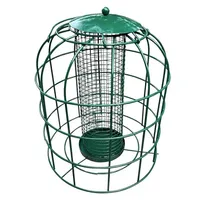How to stop rats invading your yard this fall — without giving up bird feeding
Don’t invite rats to your yard when feeding birds
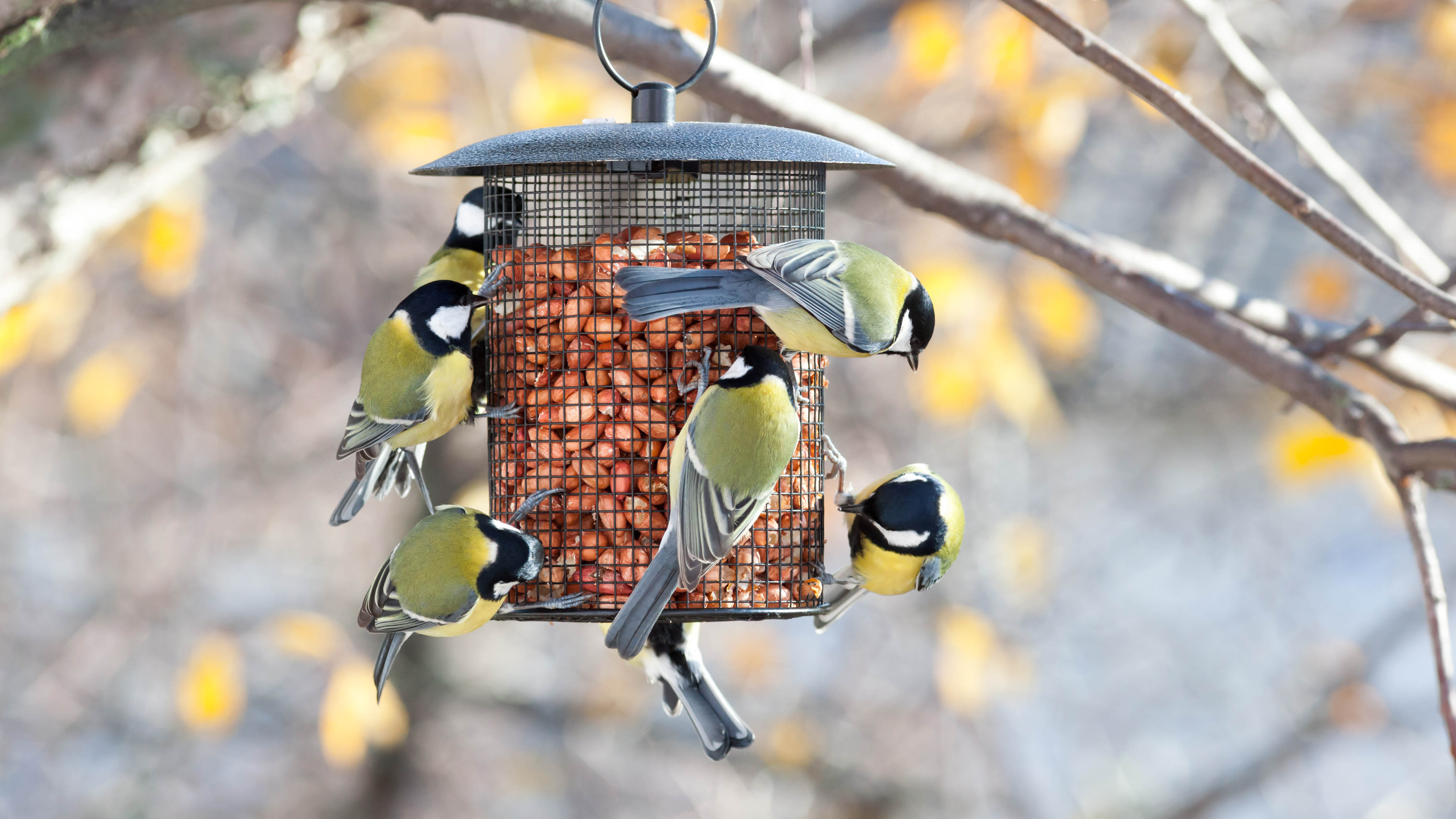
There’s nothing more enjoyable than watching beautiful birds flock to your backyard. And if you enjoy feeding your regular visitors, there are plenty of ways to attract birds into your garden this winter.
What’s more, as the months get colder, food may be scarce to find and fresh water can freeze over. It’s no surprise that people may be putting out more supplies to help our furry friends get through the cold spell.
But, while you want to invite birds to feast, you could unknowingly be attracting rodents to your yard, too. In fact, experts call the fall months the “peak-rodent season”, where rats are actively seeking shelter and food in our homes, backyards or sheds.
According to an expert, by avoiding a few common bird feeding mistakes, this will ensure your birds are happily fed — plus, you'll have rat-proofed your yard in the process. So if you want to keep rats away from your yard this fall, follow these top tips.
1. Never leave out cheap bird food seed mixes
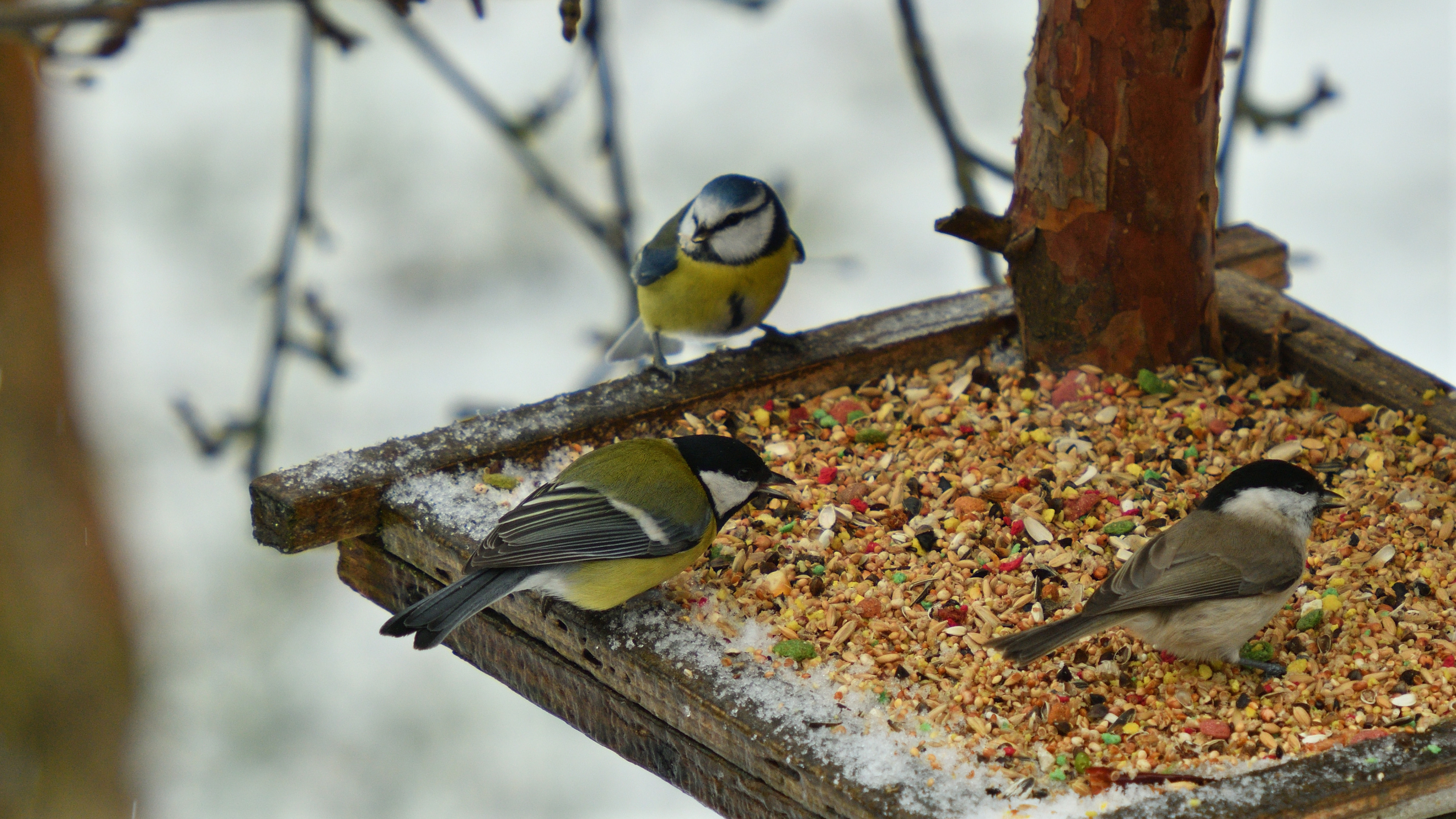
While they all look identical, not all bird seed mixes are created equal. And if you’re tempted to buy the budget or cheaper options, you might want to think again.
“This might not seem like an obvious step, but actually cheap bird food seed mixes can be a major cause for attracting rats to gardens (whilst also a waste of money as far as birds are concerned),” states Lucy Taylor, expert at Vine House Farm Bird Foods.
“The reason being that bird food mixes which contain cheap fillers like wheat and pulses, aren’t eaten by most birds and instead will be turfed-out of feeders and fall to the ground, as birds like Blue tits and greenfinches rifle through the mix in search of the odd edible morsel.
Get instant access to breaking news, the hottest reviews, great deals and helpful tips.
“The food then sits on the ground below the feeder, and although some species like Wood pigeon and Jackdaw may eat some of it, chances are it will remain there and therefore be available to a passing rat at night (rats are mainly nocturnal). So instead buy very good quality seed mixes, or just straight foods like sunflower hearts, as both will minimize the amount of food which falls to the ground”.
This cage is designed for small birds to slip in between the bars, while keeping larger birds and squirrels out. The durable metal cage is built with premium coated steel for rust resistance and is waterproof and easy to set up. It measures 8 inches tall, with a 7-inch diameter.
2. Get a metal feeder pole or feeding station
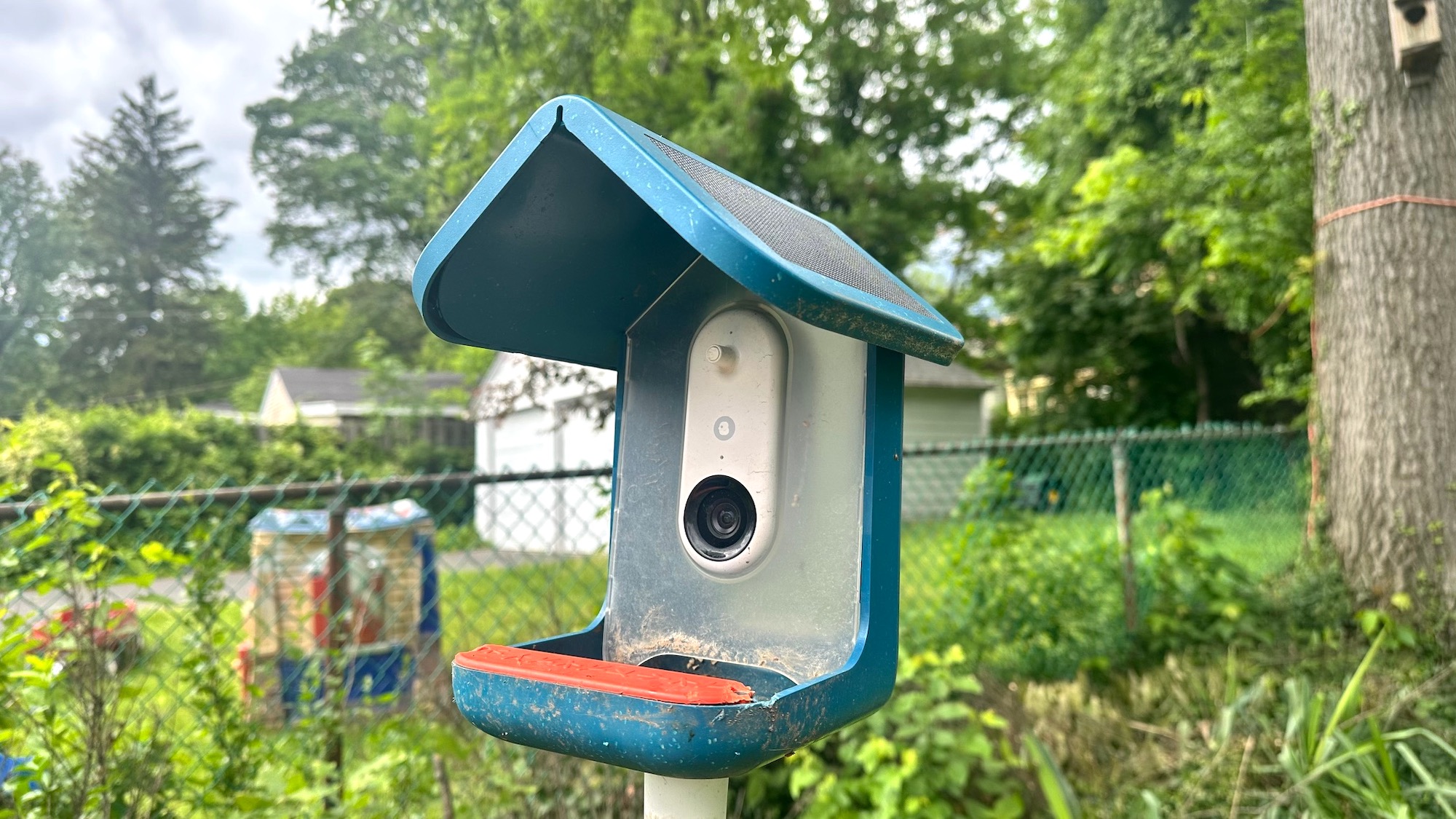
Rats are notorious for climbing trees or fence posts to get to their food source however, they are less likely to climb a metal feeder pole.
“Although rats can climb and would probably have little trouble reaching a feeder hung from a fence post or tree branch, they will struggle to get up a smooth metal feeder pole or one on a metal feeding station,” agrees Taylor.
“As a further measure, you can add a plastic baffle to the steel pole, which goes below any feeders, with these often sold to prevent Grey squirrels from getting to the food – but they work just as well for stopping rats.”
3. Bring ground trays indoors at night
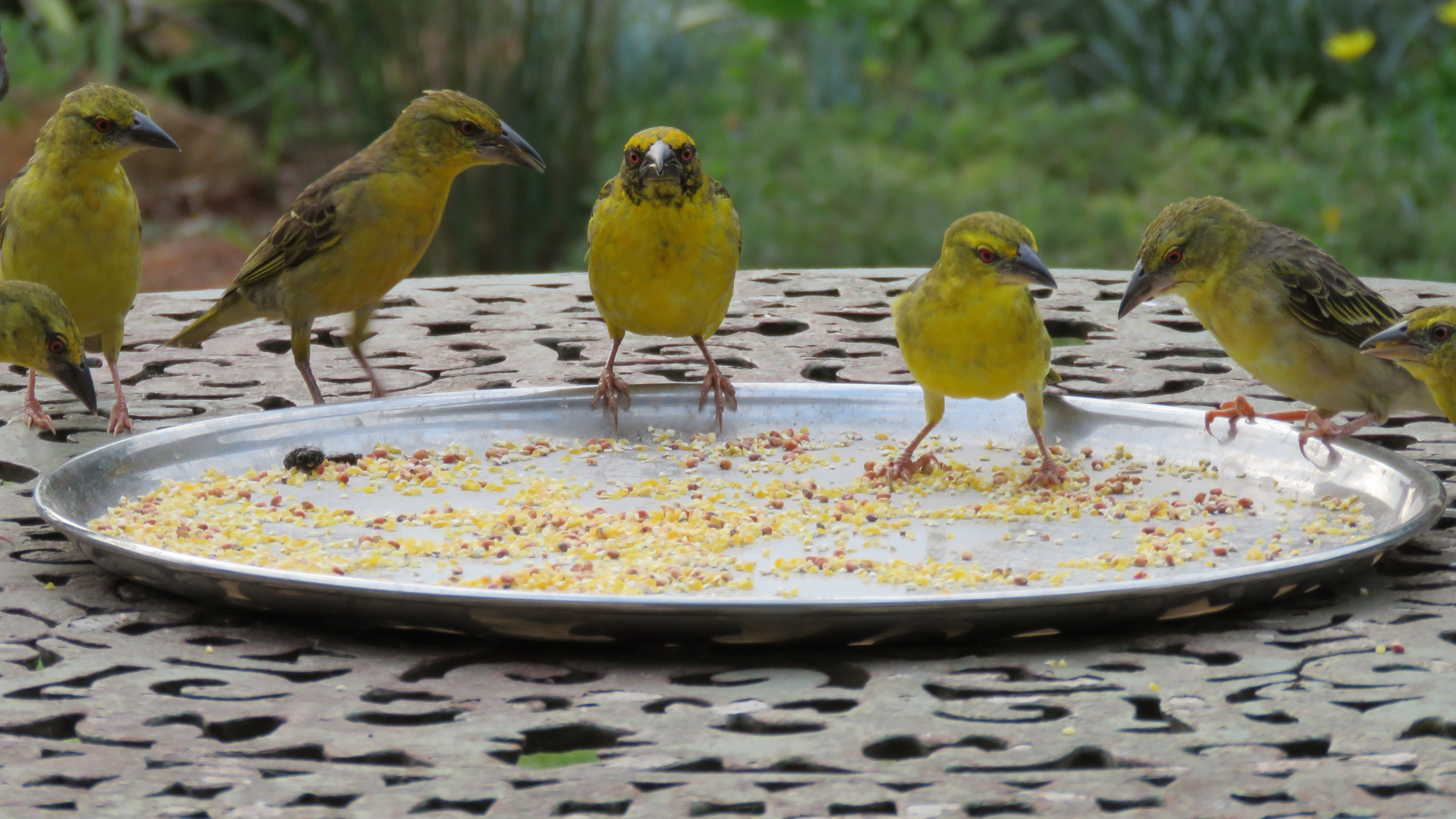
Another common bird feeding mistake is leaving out ground trays or dishes overnight. This is a no-no, and could invite rats to your yard for a midnight feast. Always remember to bring feeding trays indoors, and out of sight.
“With species such as Blackbird and Robin ideally needing a ground tray or dish to feed from (as ground feeding species they struggle with hanging feeders), leaving this type of feeder out overnight could be an invitation for rats," adds Taylor. "By bringing it in and storing it in a garage or other safe place overnight, then putting it back in your garden the next morning, the risk is removed.
“In summary, now is the time of year to increase the level and variety of food you put out in your garden for wild birds. Rats are generally only attracted to gardens by bird food if precautions aren’t already put in place, with the absolute key one being to avoid cheap seed mixes and only use high quality bird food which therefore minimises waste.”
Follow Tom's Guide on Google News and add us as a preferred source to get our up-to-date news, analysis, and reviews in your feeds. Make sure to click the Follow button!
More from Tom's Guide
- I've discovered the best way to encourage birds into my backyard
- Plus, want more hummingbirds? 7 tips for attracting them to your yard
- Gardeners urged to pour dish soap on lawns this summer

As the Homes Content Editor, Cynthia Lawrence covers all things homes, interior decorating, and garden-related. She has a wealth of editorial experience testing the latest, ‘must-have’ home appliances, writing buying guides and the handy ‘how to’ features.
Her work has been published in various titles including, T3, Top Ten Reviews, Ideal Home, Real Homes, Livingetc. and House Beautiful, amongst many.
With a rather unhealthy obsession for all things homes and interiors, she also has an interior design blog for style inspiration and savvy storage solutions (get rid of that clutter!). When she’s not testing cool products, she’ll be searching online for more decor ideas to spruce up her family home or looking for a great bargain!
You must confirm your public display name before commenting
Please logout and then login again, you will then be prompted to enter your display name.
